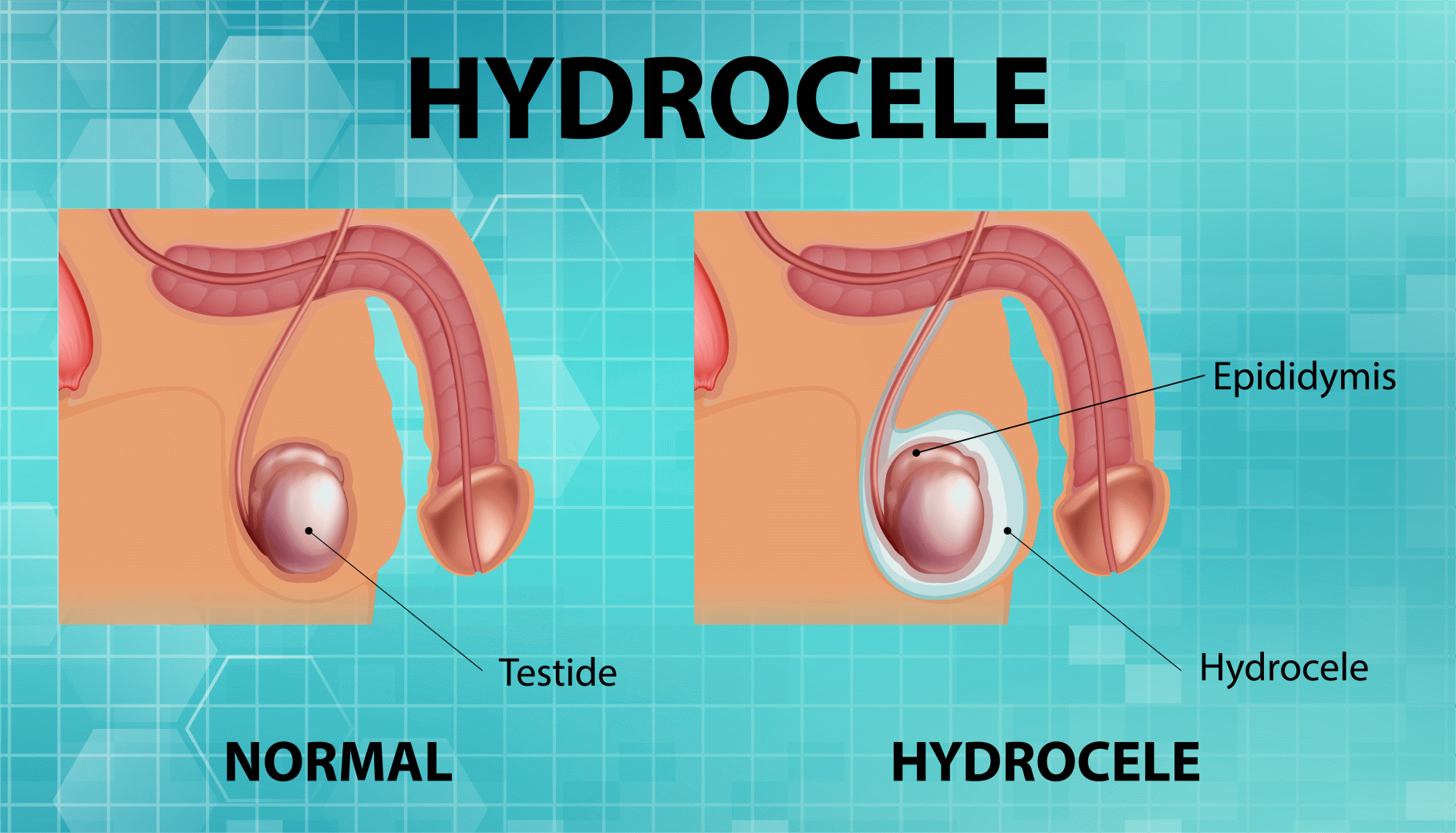Hydrocele is a condition where there’s swelling in the scrotum, which can affect both baby boys and adult men. It happens when fluid builds up around the testicle, making the scrotum look bigger. Homeopathy can help treat hydrocele in adults. Homeopathic medicines work by reducing swelling and helping the body absorb the extra fluid. Most hydroceles in newborn males get better on their own. Those who do not get better, may require surgical correction for the same.
Role of homeopathy in hydrocele
Homeopathy can help hydrocele by reducing swelling and discomfort. Homeopathic medicines are chosen based on the individual’s symptoms like the size of the swelling, pain, and any other related issues. Apart from relieving the physical symptoms, homeopathy also considers the emotional and mental aspects of the individual. It aims to improve overall well-being and promote holistic healing.
Eight effective medicines in homeopathy for hydrocele
Arnica montana (Arn.)
Common name: Leopard’s bane
Arnica is known for its anti-inflammatory properties and helps reduce swelling and bruising. It can be beneficial when there is soreness and tenderness in the scrotum due to hydrocele.
Apis mellifica (Apis.)
Common name: Honeybee
Apis mellifica is useful when the swelling is accompanied by stinging pain and a burning sensation. It helps reduce inflammation and discomfort that is associated with hydrocele.
Pulsatilla nigricans (Puls.)
Common name: Windflower
Pulsatilla remedy is often indicated when the hydrocele is associated with shifting pains that change in character and location. It’s helpful when there is a tendency for the swelling to increase in the evening.
Sulphur (Sulph.)
Common name: Sublimated sulphur
Sulphur is prescribed when there is a tendency for the hydrocele to develop alongside other skin conditions, such as itching and burning sensations.
Conium maculatum (Con.)
Common name: Poison hemlock
Conium is indicated when the hydrocele is associated with hardness and swelling of the testicles. It can be beneficial in cases where there is a history of trauma or injury to the scrotum.
Lycopodium clavatum (Lyc.)
Common name: Clubmoss
Lycopodium is useful when there is swelling of the scrotum with a feeling of heaviness and fullness. It’s often prescribed when the hydrocele is associated with urinary problems or digestive issues.
Clematis erecta (Clem.)
Common name: Virgin’s bower
Clematis is indicated when there is swelling of the scrotum with a sensation of coldness. It’s helpful when the hydrocele is associated with a lack of vitality and energy.
Staphysagria (Staph.)
Common name: Stavesacre
Staphysagria is prescribed when hydrocele develops following surgical interventions, such as circumcision or hernia repair. This medicine promotes healing and reduces the risk of complications.
Causative factors of hydrocele
-
Birth
Babies are born with hydrocele because of non-closure of the tube that carries fluid. This tube is supposed to close after birth, but if it doesn’t, fluid can build up in the scrotum.
-
Injury
Injury in the groin area after falling or getting hit may cause hydrocele. The body reacts by building up extra fluid around the testicle, which leads to swelling.
-
Infection
Infections in the scrotum or around the testicle can cause hydrocele. These infections can make the body produce more fluid as it tries to fight off the infection, leading to swelling.
-
Tumors
Although rare, tumors or growths in the testicle can sometimes lead to hydrocele. These growths can disrupt the normal flow of fluid and cause it to build up in the scrotum.
-
Fluid imbalance
The disruption of the body’s balance of fluids may lead to a hydrocele. This happens due to changes in blood pressure or problems with the lymphatic system, which helps the body get rid of extra fluid.
Symptoms of hydrocele
- Scrotal swelling where the testicles are present.
- The scrotum may feel heavy or full.
- Mild pain.
- Moving around may be difficult.
- The scrotum feels smaller when lying down.
Treatment for hydrocele
The conventional treatment for hydrocele depends upon the severity of the individual’s condition and its impact on the individual. If the hydrocele is small and not causing any symptoms, doctors may recommend observation over time without immediate intervention, as a hydrocele can resolve on its own. However, if the hydrocele is large and causing discomfort, surgical procedures may be advised. This involves draining the fluid from the scrotum using a needle, providing temporary relief from swelling and pressure. In severe cases, the hydrocele sac is removed through a small incision in the scrotum. Additionally, medications may be prescribed if there is an underlying infection or inflammation contributing to the hydrocele.
Lifestyle changes for hydrocele
- Avoid lifting heavy weights or putting pressure on your abdomen while passing stools.
- Exercise regularly but avoid doing heavy workouts.
- Wear comfortable underwear that will support your scrotum better.
- Keep your private parts clean to avoid any infection around your scrotum.
Conclusion
Hydrocele is more of a nuisance-value problem as it can cause discomfort. Homeopathy offers a gentle way to manage the hydrocele naturally. Speak to a homeopathic physician to help manage your hydrocele and achieve desired results.
References
- Huzaifa M, Moreno MA. Hydrocele. StatPearls Publishing; 2023.https://www.ncbi.nlm.nih.gov/books/NBK559125/
- Verre J, Boisson M, Paumier A, Tribolo S, Boujedaini N. Anti-inflammatory effects of Arnica montana (mother tincture and homeopathic dilutions) in various cell models. J Ethnopharmacol [Internet]. 2024 [cited 2024 Feb 12];318(117064):117064. Available from: https://pubmed.ncbi.nlm.nih.gov/37598770/
- Nih.gov. [cited 2024 Feb 12]. Available from: https://digirepo.nlm.nih.gov/ext/dw/101182458/PDF/101182458.pdf
- Jish-mldtrust.com. [cited 2024 Feb 12]. Available from: https://jish-mldtrust.com/management-of-hydrocoele-through-homoeopathy-a-case-report/
- Yadav DD, Pandey DN, Yadav DS. Treating male reproductive disease with homeopathy. Int J Homoeopathic Sci [Internet]. 2023;7(2):363–9. Available from: https://www.homoeopathicjournal.com/articles/854/7-2-55-812.pdf
- D’souza RP. Role of Homeopathy in hydrocele. ahr [Internet]. 2021 [cited 2024 Feb 12];6(3):23–8. Available from: https://acspublisher.com/journals/index.php/ahr/article/view/1877



